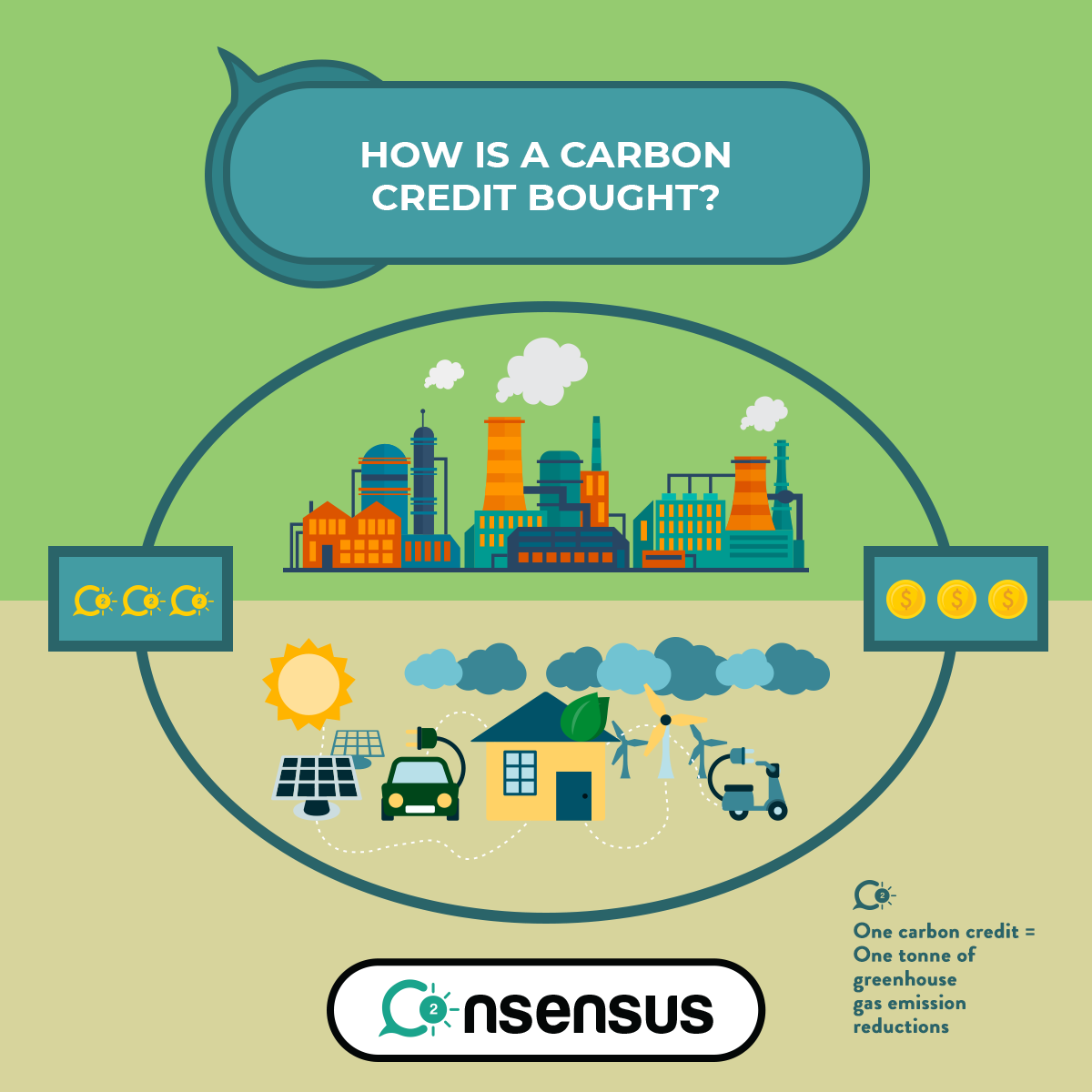Carbon credits is a great way to reduce the total amount of damage being done to the environment.
However, there are still a lot of questions about the process of buying carbon credits such as how much carbon credits a person needs to buy in order to achieve carbon neutrality.
That’s why it really is important to know what the easiest ways are to procure carbon credits. That includes knowing more about the organizations and agencies that provide the most intuitive and reasonably-priced ways to reduce your carbon footprint.
Carbon Credits: A Brief Introduction
For those who are new to the term, carbon credits mean the easiest way to reduce your overall carbon dioxide footprint generated from your daily lifestyle. The idea is intuitive: if you cannot make changes that make your life carbon efficient, you can invest in projects through carbon-footprint companies which are actually reducing these emissions.
Some major examples include renewable and clean energy projects that offset some amount of carbon from your total carbon expenditure, as well as reforestation and energy conservation projects.
An example would be taking a road trip. Since that trip would create some amount of emissions, you can buy an equivalent amount of carbon credit from an organization for instance, which builds a solar energy power plant. That way, your total carbon footprint remains neutral.
Understanding Carbon Credit Pricing
Many people try to understand the process of carbon credit pricing, but unfortunately a large majority of carbon credit buyers get fooled because of low pricing mechanisms.
A large number of new projects are coming up which are more transparent, intuitive as well as more budget-friendly to procure. They are also all standardized by independent agencies such as Gold Standard and VCS.
Take a biogas project as an example, a project which gives you a guaranteed reduction of a metric ton in carbon dioxide emissions in exchange for 11 USD.
The process is highly transparent and easy to understand. Biogas produces clean energy, the number of carbon emissions from an equivalent amount of unclean energy source are calculated and the offset in carbon is converted into an economic context.
We then arrive at the 11 USD figure, which includes all their production costs per the amount of energy it takes to produce the energy which would create a ton of carbon emissions from a source like coal.
Places to Buy Carbon Credits
Much as the idea of procuring carbon credits is tempting, the reality is that due to lack of regulation, the process of procurement and pricing of carbon credits has largely been cloudy. As time goes by, a large number of companies and organizations are working to make the process intuitive, approachable and affordable.
Among carbon offset sales platforms, at CO2nsensus, we pride ourselves to be one of the best. What sets us apart from our companies is that we provide customized solutions which you can use to both monitor your emissions and customize your carbon emissions plan. You can easily use our calculators Co2nnector and Co2nnectorPro to make carbon footprint calculations.
At CO2nsensus, we bring the best in class, standardized carbon offset projects all around the world right to you, and you can invest in these change-maker projects rated by IHS Markit, VCS, the Gold Standard. It’s a one-stop shop for all kinds of carbon emissions needs!
To give an example of the extent to which companies are investing into carbon credits – in 2016, JetBlue – the American aircraft carrier went ahead and bought enough carbon credits to offset around 800,000 metric tons of CO2. Many carriers have now started compensating flyers with carbon credits in lieu of the flight’s emissions.
Bringing It All Together
Carbon credits is a brilliant concept which allows one to take notice of their carbon expenditure and minimize it by investing in a project which reduces it for them. Therefore, more and more people should be made aware of this. Awareness still remains a big challenge for companies which provide carbon credits.
Another major reason why these investments are not very popular is the lack of transparency in the entire vertical of carbon credits. Neither the processes nor the pricing mechanisms are often declared or detailed for the consumer to know their investment is actually getting returns.
However, with the arrival of services like Terra Pass, the horizon is now getting clearer for the carbon credits industry to legitimately bring us closer to a carbon-neutral future. Better service, intuitive interfaces and much more economical offers are definitely a large step forward.
